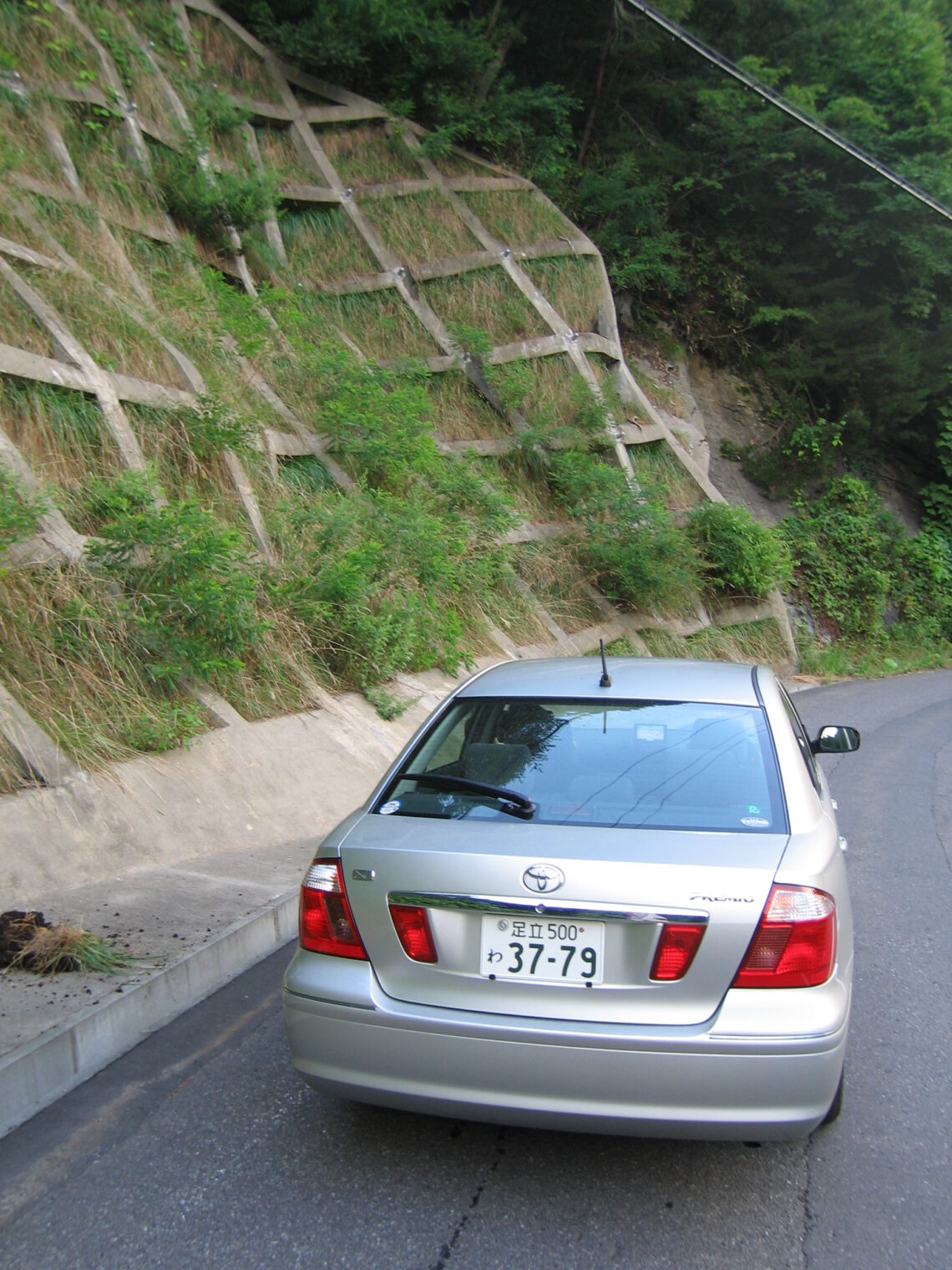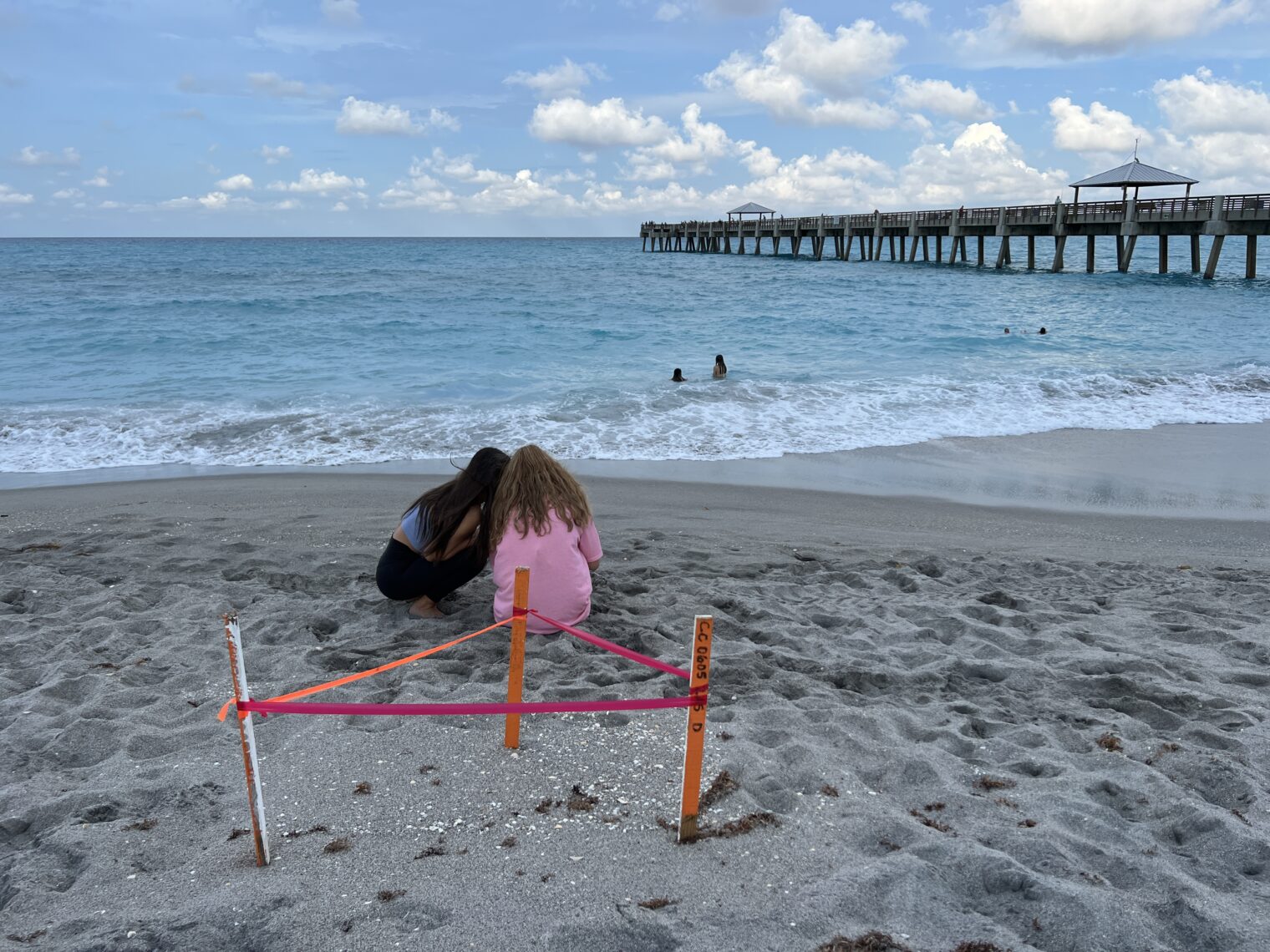NYT: It is now women who become pregnant
From the May 11, 2022 NYT, “Don’t Be Fooled. It’s All About Women and Sex”:
When I was back in high school — a Catholic girls’ school in Cincinnati at the beginning of the sexual revolution — our religion class covered the abortion issue in approximately 45 seconds.
“Abortion is murder,” said the priest who was giving the lesson, before moving on to more controversial topics, like necking and heavy petting.
On Wednesday the Senate failed to pass a Democratic bill supporting women’s right to choose in anticipation of a Supreme Court decision going in the other direction.
The many, many activists who have focused their political careers on constraining women’s sexual activity aren’t going to just declare victory and go home.
All this is basically about punishing women who want to have sex for pleasure.
No mention of pregnant men and their right to choose.
From 2018, same newspaper, “A Family in Transition”:
Two fathers and the baby girl they never expected.
As traditional notions of gender shift and blur, parents and children like these are redefining the concept of family.
Paetyn’s father Tanner, 25, is a trans man: He was born female but began transitioning to male in his teens, and takes the male hormone testosterone.
“I was born a man in a female body,” he said.
His partner and Paetyn’s biological father is David, 35, a gay man.
Their daughter, they agree, is the best thing that ever happened to them.
“She’ll grow up in a very diverse home,” David said. “We surround her with people who are different.”The first time that they saw the fetal heartbeat on ultrasound, they wept.
“Yeah, I’m a pregnant man,” he told friends and acquaintances. “What? I’m pregnant. I’m still a man. You have questions? Come talk to me. You have a problem with it? Don’t be in my life.”
The journalist and editors regard them as legitimate fathers (i.e., men):
As fathers to be, they got some of their most enthusiastic congratulations from the drag world — the regulars at the club where both men perform, dancing and lip-syncing, Tanner as a drag king and David as a sassy, 6-foot-tall drag queen in a tight skirt and size 12-wide high heels.
Apropos the current debate:
And, David said: “I hope she’s a lesbian. Then we won’t have boys coming to the house and we won’t have to worry about her getting pregnant.”
Also recently from the NYT opinion section, “It’s Time to Rage” (by Roxane Gay):
My wife’s stepfather began raping her when she was 11 years old. The abuse went on for years, and as Debbie got older, she was constantly terrified that she was pregnant. She had no one to talk to and nowhere to turn.
Her stepfather often threatened to kill her younger brother and her mother if Debbie told anyone, so when the fear of pregnancy became too consuming, she told her mother she was assaulted at school. Her mother took Debbie to a doctor, who said that because of her scar tissue, she was sexually active and must have a boyfriend. It was the early 1970s.
A pregnancy would have, in Debbie’s words, ruined her life. Today, she is 60 years old. She is still dealing with the repercussions of that trauma. It is unfathomable to consider how a forced pregnancy would have further altered the trajectory of her life.
This story is supposed to make readers see how misguided conservatives who oppose abortion are, but couldn’t the article support those who advocate for conservative sexual values? Stepfathers did not exist in significant quantities until the 1970s no-fault (“unilateral”) divorce revolution. The author’s wife was unlikely to have been abused by a stepfather in the (mythical?) white picket fence era to which Republicans yearn to return because there were hardly any divorces that left moms free to bring an unrelated adult male into a girl’s household.
Circling back to the first topic, pregnant men only recently won their own emoji but now the mainstream media pretends that they don’t exist?







